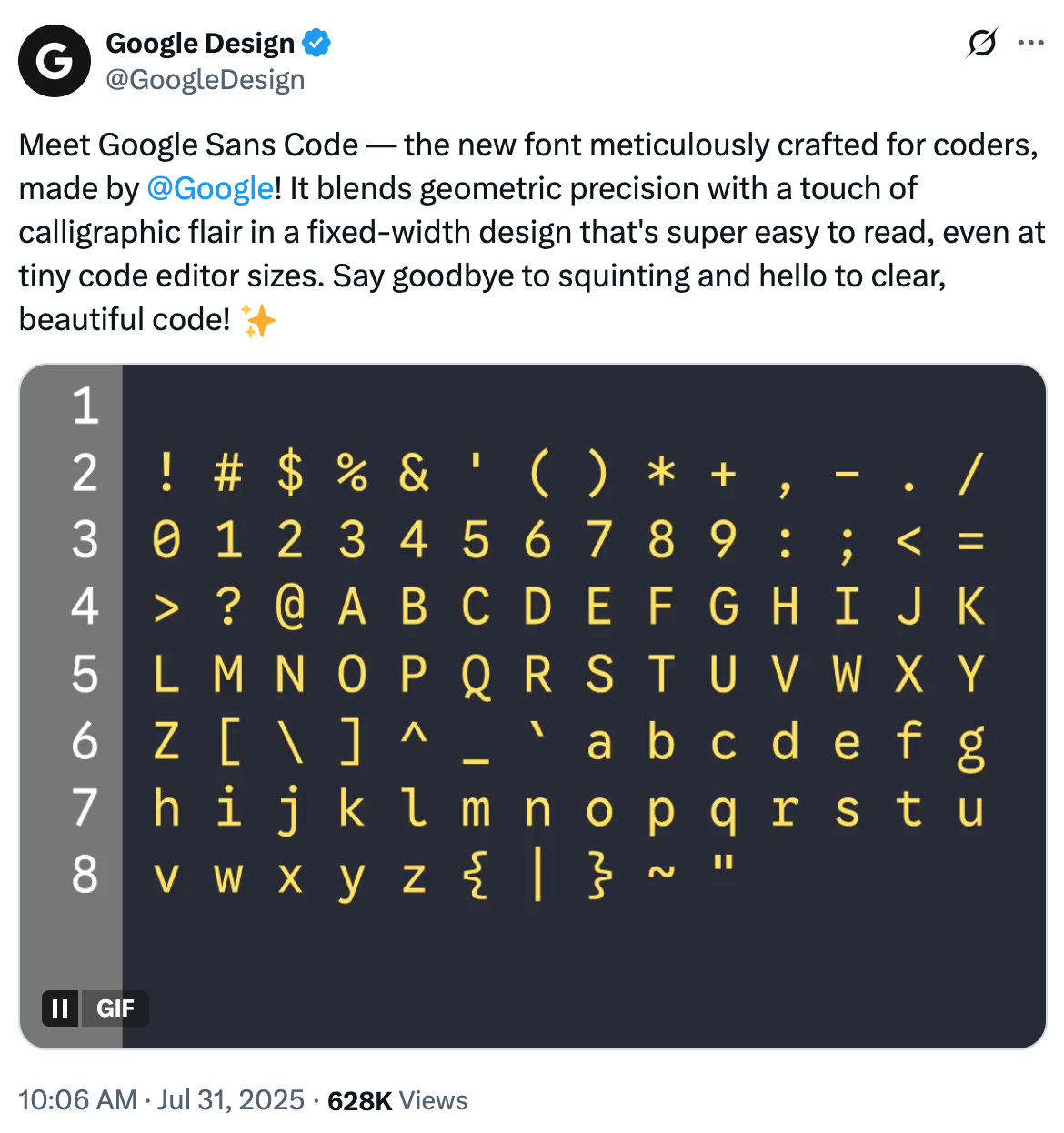Meet the tiny word that grabs attention
Look, I really am sorry.
This is supposed to be a well-rounded experience report about how I’m building my 1-person tech company, and here I am, about to talk about marketing for the 3rd week in a row.
But let’s face it. Most tech founders know way too little about marketing and do even less.
So, eat your vegetables and lend me your ears just one more week?
Anyone will tell you that the most important part of marketing is the beginning. The hook. It’s the only thing people are guaranteed to read or watch.
Marketers chalk the importance of the hook up to shortening attention spans, but I prefer Julian Shapiro’s explanation: people don’t have short attention spans, they have short consideration windows.
But this is usually where the concrete advice stops. Telling someone they need to improve their hooks is like saying, “Just make your marketing better.” If they could do that, there would be no further conversation. There needs to be some specific guidance as to what makes a hook good.
Unlikely as it may be, my favorite advice on this topic comes from the lecture of Larry McEnerney on how to write a great research paper.
I highly recommend the entire talk—McEnerney shares lots of gems about what it means to write effectively—but the most important part of the talk comes at the 37 minute mark:
Imagine if you go to your readers and say, “Hey community, I’ve read your stuff. I’ve thought about what you think. AND I have something to say…
< pause >
“Hey readers, I’ve read your stuff. I know what you think. BUT, you’re wrong…”
< pause >
Which one are they gonna pay attention to?
Again, watch the whole video to understand the context, but McEnerney sums it up: when readers consider your content for value, they look for things that conflict with what they believe to be true. In other words, they look for writers who say, “I know something valuable that you don’t.” This is why you see lots of canned hooks like:
“Wow!”
“BREAKING:”
“You’re not gonna believe this, but…”
“HOLY CRAP”
“🤯”
They all express some generic form of surprise, which makes you believe they know something important that you don’t.
Now, I think most template hooks are cheap tricks, like knock-off toys that break in a week. It’s better to do as McEnerney suggests and write a real piece of text that specifically communicates keywords that are important for your audience.
But there is one generic hook worth keeping in your back pocket.
It’s so short and so effective that you hardly see it.
“Meet—”
That’s it. One word.
I think “meet” is a brilliant hook because in only 4 letters, it says “Here is someone or something you do not yet know.” It’s the definition of introducing conflict with your present reality. How can you not be curious?
The other reason it’s handy is that sometimes you need to do a lot of work to explain something, like the problem a new feature solves, but you need to buy yourself the time to do it. A quick hook like “meet” makes the mental purchase.



This feels so true (and kudos for articulating it so well). For the same reasons, another tiny-but-not-as-tiny word that is effective at grabbing attention is, “Introducing—”